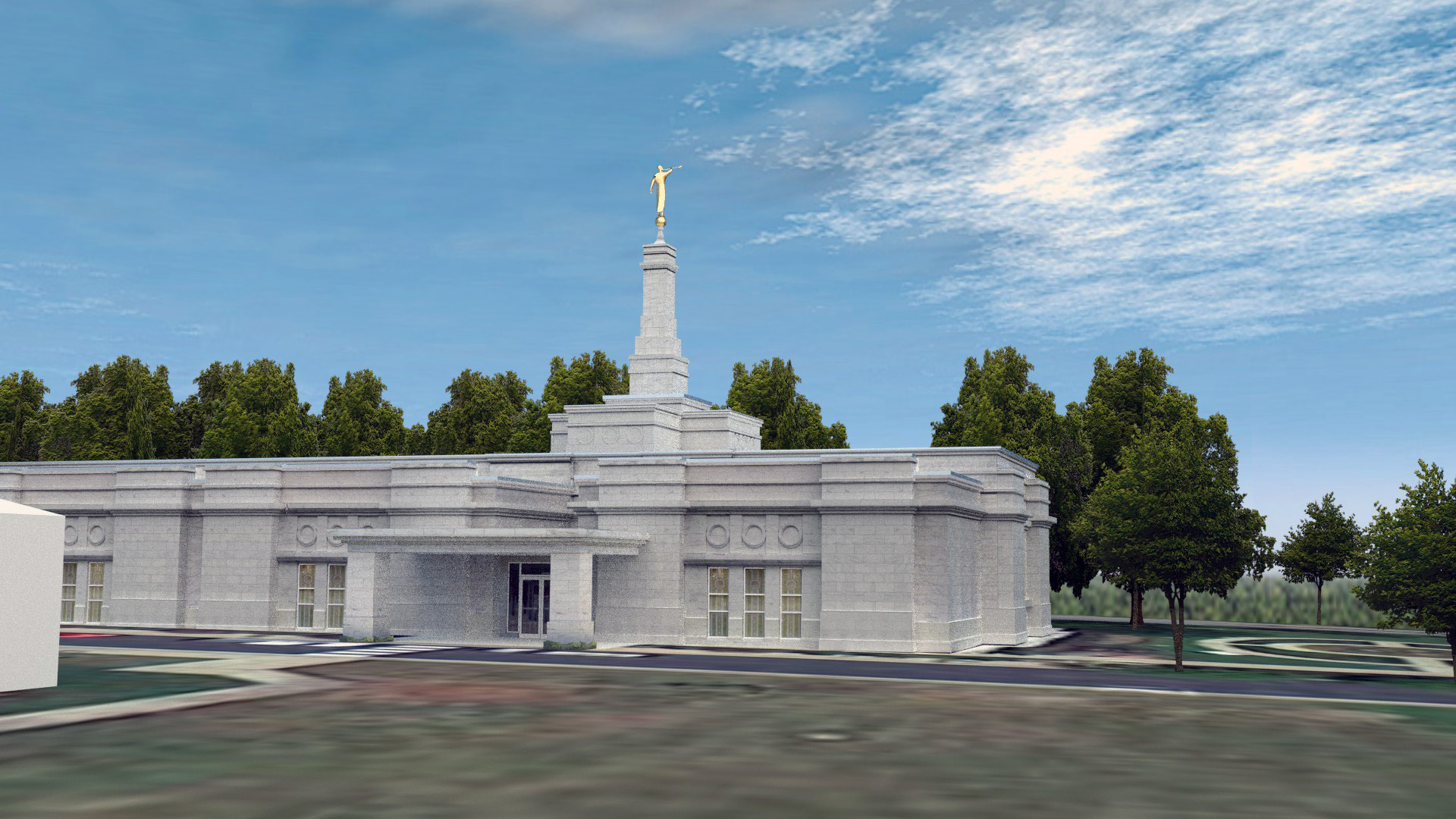
Nashville Tennessee Temple Wiki
Description
History
Announcement
When the First Presidency announced plans for the Nashville Tennessee Temple, there were only four operating temples east of the Mississippi River.
The Nashville Tennessee Temple was originally planned as a large regional temple to serve much of the Upper South.
From 1995 to 1998, the Church sought to rezone land at the northeast corner of Hillsboro Pike and Old Hickory Boulevard in Forest Hills, Tennessee, to permit construction of the Nashville Tennessee Temple. After failing to obtain a court order, the Church abandoned its plans for the site, which later became home to a city hall and Nashville Electric Service substation.
On April 25, 1998, Church leaders announced revised plans for the Nashville Tennessee Temple. One of the new generation smaller temples would be constructed at another location in the Nashville area—not at the previously announced Forest Hills location.
Groundbreaking
The groundbreaking ceremony for the Nashville Tennessee Temple was held on the same day as the groundbreaking ceremonies for the Kona Hawaii Temple and Oaxaca Mexico Temple.
Ground was broken for the Nashville Tennessee Temple on a cold and heavily rainy spring day to an audience of approximately 1,500 members from central Tennessee and southern Kentucky. Officials held umbrellas in one hand while struggling to turn water-soaked soil with the other.
Presiding at the groundbreaking services was Elder John K. Carmack of the Seventy and president of the North America East Area. During his comments he declared, “It’s the faith, righteousness and prayers of the people in this area that brought the temple here.” He also drew an analogy between the difficulty experienced securing a site for the Nashville temple to Jacob in the Old Testament who had to work and wait seven years to marry Rachel. He quoted Doctrine and Covenants 124:36 noting that temples “appointed for refuge” by the Lord were prophesied to be associated with stakes.
In addition, Elder Carmack related a missionary experience of Wilford Woodruff. He explained that Elder Woodruff had entered a tavern one day and had asked for food and lodging after becoming soiled on a rainy day. The owner agreed on the condition that Elder Woodruff would preach to some of his friends. He consented. Later that evening he was escorted among several hundred men who had assembled to embarrass the Mormon. He began by asking them to join him in song, but they refused. He then requested that they pray with him, but again they refused. Silently pleading with the Lord to know what to do, he was blessed with a knowledge of all the sins of those present. One by one, the crowd began to leave, as he proceeded to reveal what he knew[1]Church News, 20 March 1999.
The Nashville Tennessee Temple was constructed simultaneously with the Memphis Tennessee Temple, which was dedicated just a month earlier.
During construction of the Nashville Tennessee Temple, the adjacent stake center was remodeled.
Open House
A week-long open house was held for the Nashville Tennessee Temple, which was toured by over 24,300 visitors, an average of more than 3,000 a day. Temple matron Diane McClurg noted, “I heard people say as they went out that they felt different when they were inside. That’s a lot of what it’s all about—the feeling of the Spirit.”
Buryl McClurg, the newly called temple president said, “They have been so good and so kind, so generous in their comments about what they see. I think it’s been a unifying kind of experience.” [2]”News of the Church,” Ensign, Aug. 2000, 74
Open house attendees came from all walks of life and religious affiliations. On one tour, Elder Loren C. Dunn of the Seventy hosted a group consisting of two Catholic priests, two Catholic nuns, three Church of Christ ministers, two Presbyterian ministers, a Jewish rabbi, and two city councilmen.
News of the Nashville Tennessee Temple open house enjoyed widespread coverage through a series of nearly daily articles that gave largely positive reports on the Church and the temple.
Dedication
The Nashville Tennessee Temple was dedicated on the same day as the Villahermosa Mexico Temple.
The Nashville Tennessee Temple was dedicated in four sessions on May 21, 2000, by President James E. Faust, Second Counselor in the First Presidency. Persistent cloudy skies gave way to sunshine within an hour of the first dedicatory prayer.
The Nashville Tennessee Temple was the second temple built in Tennessee, following the Memphis Tennessee Temple (2000).
Several couples were sealed on the first day of operation of the Nashville Tennessee Temple.
Detail
Location
The Nashville Tennessee Temple lies 15 miles south of the state capital in the picturesque suburb of Franklin, next to the Franklin Tennessee Stake Center. In the vicinity of the temple are two 100-acre horse farms and a historic private high school named Battle Ground Academy. The holy structure and its beautiful grounds complement the immaculate character of the rural residential neighborhood.
Exterior
The temple’s exterior is constructed from Imperial Danby white marble and has a single spire topped with the familiar statue of the angel Moroni.
Interior
The Nashville Tennessee Temple has a total of 10,700 square feet, two ordinance rooms, two sealing rooms, and a single baptistry.
